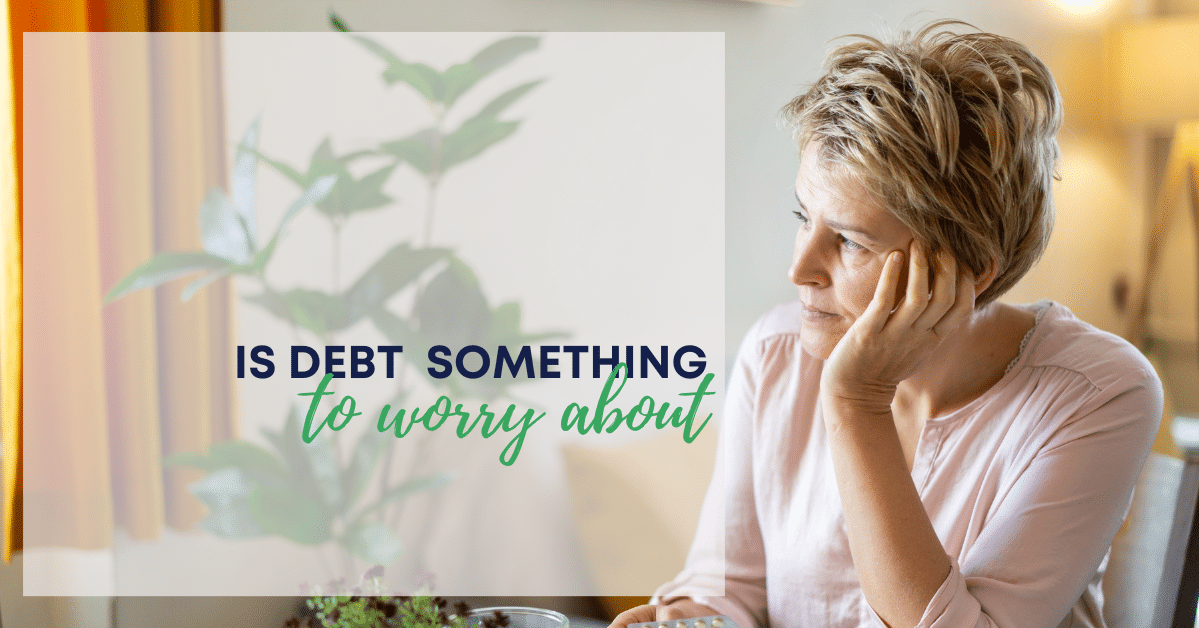
Being debt free in ag is something that lots of people aspire to. The idea of no being answerable to a bank manager and not having to think about the implications of interest rate rises is certainly attractive.
However is being debt free achievable in growth focused ag businesses, and is it something worthwhile to aspire to?
Now and again online there is an anonymous post from someone online asking about farm debt. They want to know, “Is everyone in debt?” “Does everyone run an overdraft?” “Will it ever be paid off?”
The recent increases in interest rates are also making some feel nervous.
For the typical wage earner in town, being debt free is really important. Retirement income is generally insufficient to pay off a house loan, so you really need to be debt free at some point. On top of that, interest on home loans or car loans is not tax deductible, so it is advantageous to minimise this expense.
In farming, and other land heavy businesses, the issue of debt is different.
Being debt free and having a business of scale is difficult to achieve in farming because of the cost of inputs and machinery (and livestock), relative to the cash generated from these assets. Basically huge turnovers, but lower profit margins, which you know. The higher land prices and little growth in gross margins mean that the stories of old where someone paid off a farm with one good crop are gone.
On a farm the figures you need to focus on are
- Net Assets (=total assets minus debt). This is the sell the farm, have a clearing sale, pay the debt figure. Ask yourself “Is this is enough to do something else if I decide not to farm?” Consider also your retirement and succession goals.
- Serviceability – Is there enough money to service the debt (pay interest and principle, perhaps only interest in the odd difficult season)
- Profitability – Are you making money on the funds you borrow than the bank?. In a simple example, if you borrow $100k for farming inputs and to cover machinery running costs and other overheads it will cost you $8k at 8% interest. If you make $130k in grain or livestock sales, you are still $22k ahead. You also have to consider that behind the scenes you are making capital gain each year on land, and the debt allows this to happen.
- Equity – Equity is net assets divided by total assets. Put simply it is the amount of the farm you own. It’s important as it indicates how secure the business is. If there was a difficult period for an extended period of time, businesses with higher equity have more scope to borrow more, or potentially sell something to rationalise debt. Risk also needs to be considered. Farm businesses in volatile industries and regions will want to carry less debt than those in more reliable regions and industries.
When major decisions are being made, it is always good to look at equity and net assets in conjunction, rather than isolation. A large net assets figure allows for restructuring and other business or lifestyle options in and out of farming, whereas a smaller net assets figure (all be it with a higher equity figure) might not.
I like Farmanco’s take on equity (net assets/total assets) as it explains the management and seasonal implications of various equity levels.
Equity Ranges
Farmanco
90% ‐ 100% Cruising
Where everyone wants to be!
Often not effective for tax purposes
Generally not leveraging position for growth
75%‐ 90% Optimal
Geared safely for growth
Tax effective
Two to three consecutive poor years up your sleeve
65%‐75% High Performance
Management needs to be spot on in all areas of the Business
At 75% equity you have two consecutive poor years up your sleeve At 65% you can’t afford to have a poor year and you can’t make mistakes
50%‐65% Survival Zone
Debt too high relative to average income
A good year for most is an average one for this business
Management and luck need to be spot on for extended periods
Often the best time to make the decision to get out
<50% Too Late
Less that 10% of farm businesses survive when they get to this level
History shows us that there is always an exception to the rule!
Consider looking at interest as just another farming cost, like seed, that you need to make money. You can be debt free at any time if you choose to sell a portion of land, which you may or may not want to do. If you sold the lot and paid it all off, you would be more than comfortable. If the interest paid each year is less than the increase in the value of the land, having debt is making us money.
So basically you could be in the black, but it would cost you profitability in the short term and wealth in the long term. This might be a valid choice for farmers with no successor who wish to have a stress free decade prior to retirement. It might not be the best decision for those who wish to grow in productivity and profitability.
If the debt position your business is in is concerning to you, have a chat to your accountant or business advisor. The services of the Rural Financial Counsellors are also excellent. If your mental health is suffering, you might need to do something about that first, Beyond Blue or your GP is a good place to start.

